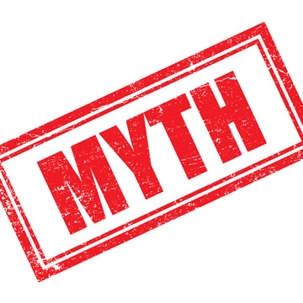Tree pruning is not a one-size-fits-all endeavor. The technique must be tailored to each scenario. One useful method of pruning is CODIT (Compartmentalization of Decay in Trees). We have told you in the past about the benefits of CODIT pruning. Today on the blog, we explore five of the structural issues with a tree that can be resolved by CODIT pruning.
What is CODIT pruning?
A plant pathologist named Alex Shigo came up with the concept. This method of pruning seeks to remove areas of decayed growth, as well as any branches that are having a negative impact on a tree. Pruning in this way seals off, or compartmentalizes, any wounded or compromised area of a tree, preventing any further impact on the overall tree.
5 Structural issues that CODIT pruning addresses
- Co-dominant stems: There can only be one dominant tree stem – usually the trunk. If two stems are competing for dominance, though, they emerge from the main trunk. Any tree with a forked appearance has co-dominant stems. However, trees with co-dominant stems are more vulnerable to breakage due to high winds or stormy weather.
- Entangled branches: Does your tree have branches that overlap? Maybe you have a branch that has twisted around another branch. These are the two most common instances of entangled branches. CODIT pruning addresses this by removing one of the tangled branches and prevents it happening again by pruning lateral growth within the crown of the tree.
- Removing nutrients: Water sprouts are vertical in alignment and siphon resources away from the tree. Water sprouts, left untreated, continue to drain energy from the tree and eventually impact its shape. Suckers are growing stems that sprout up from a tree’s base or root system. They can hinder your tree’s ability to flower and fruit, while also becoming a breeding ground for pests or disease.
- Overcrowding: If a tree’s network of interior branches in the crown becomes too thick, this can shield light from reaching the main structure of the tree, hindering the process of photosynthesis. CODIT pruning thins the canopy, aiding photosynthesis. This also helps prevent entanglement.
- Bark inclusion: This occurs when two branches grow into one another and a portion of bark gets trapped between the branches. The risks of bark inclusion include rot, cracked trunks and total breakage of the tree.
Professional tree pruning services in Kingsport, Johnson City and Bristol, Tennessee
CODIT pruning is a useful method of tree care but it also requires professional training and education to perform successfully. This is just one of the reasons why we urge you to leave your tree pruning needs to experts, like the team of tree experts at Promier Tree. Our staff includes arborists who are certified with the International Society of Arboriculture and know the intricacies of all the species of trees that are native to East Tennessee. They know how to prune your trees and whether they can benefit from CODIT pruning or some other technique.
Enjoy the benefits of professional tree care. To schedule a consultation with one of our arborists, contact us online or call (423) 765-2626.

